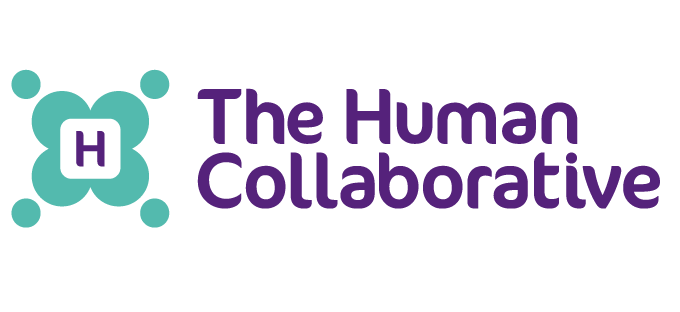Mastering the Art of Presentations: Captivate, Engage, and Influence
Presentations are a ubiquitous aspect of both professional and academic life. Whether you’re delivering a pitch to potential clients, presenting a project update to your team, or delivering a speech in a conference, the ability to create and deliver impactful presentations is a valuable skill. A compelling presentation can captivate your audience, convey your message effectively, and leave a lasting impression. In this blog post, we will explore essential tips and techniques to help you master the art of presentations and become a confident and influential presenter.
- Know Your Audience
The first step in creating an outstanding presentation is understanding your audience. Tailor your content, language, and tone to resonate with your listeners. Consider their level of expertise, interests, and concerns. By connecting with your audience on a personal level, you can build rapport and make your presentation more relatable and engaging.
- Structure Your Presentation
A well-structured presentation is like a compelling story. It should have a clear beginning, middle, and end. Start with a strong opening to grab your audience’s attention, followed by the main body where you present your key points or ideas. Conclude with a memorable closing statement that reinforces your main message and leaves a lasting impression.
- Keep it Concise and Focused
Respect your audience’s time by keeping your presentation concise and focused. Avoid overwhelming them with excessive information or irrelevant details. Stick to the main points and provide supporting evidence or examples to strengthen your arguments.
- Utilize Visual Aids Effectively
Visual aids, such as slides, charts, and images, can enhance your presentation’s impact. However, avoid overcrowding slides with text. Use bullet points, visuals, and minimal text to convey your message effectively. High-quality graphics and professional design can also add to the visual appeal of your presentation.
- Practice, Practice, Practice
Rehearsal is key to delivering a polished presentation. Practice in front of a mirror, record yourself, or present to a trusted friend or colleague. Pay attention to your pace, tone, and body language. Practicing will not only boost your confidence but also help you identify and address any weaknesses in your delivery.
- Engage Your Audience
An engaging presentation involves active participation from the audience. Encourage interaction through questions, polls, or group discussions. Use storytelling, humor, or anecdotes to make your points more memorable. Engaged listeners are more likely to retain information and be receptive to your ideas.
- Manage Nervousness
Even experienced presenters can feel nervous before a presentation. Embrace that nervous energy and channel it into enthusiasm and passion for your topic. Take deep breaths, smile, and maintain eye contact with your audience. Remember, it’s okay to be human and show some vulnerability.
- Be Adaptable
Be prepared for unexpected situations, such as technical glitches or time constraints. Have a backup plan in case something goes wrong. Being adaptable and flexible in your approach will help you handle any challenges that may arise during your presentation.
Conclusion
Presentations are powerful tools for conveying ideas, inspiring action, and creating a lasting impact on your audience. By understanding your audience, structuring your content effectively, utilizing visual aids, and engaging your listeners, you can deliver compelling and influential presentations. With practice, patience, and a genuine passion for your topic, you can become a confident and persuasive presenter, leaving your audience inspired and eager to act upon your message.

